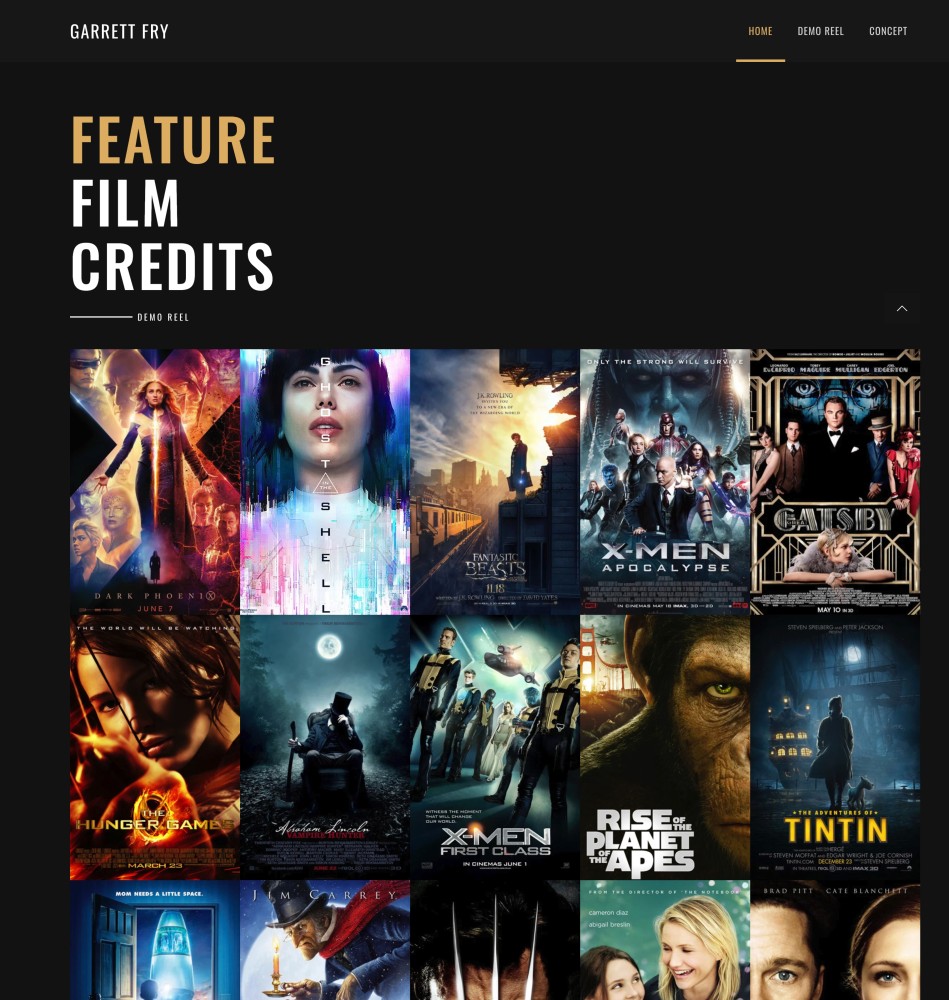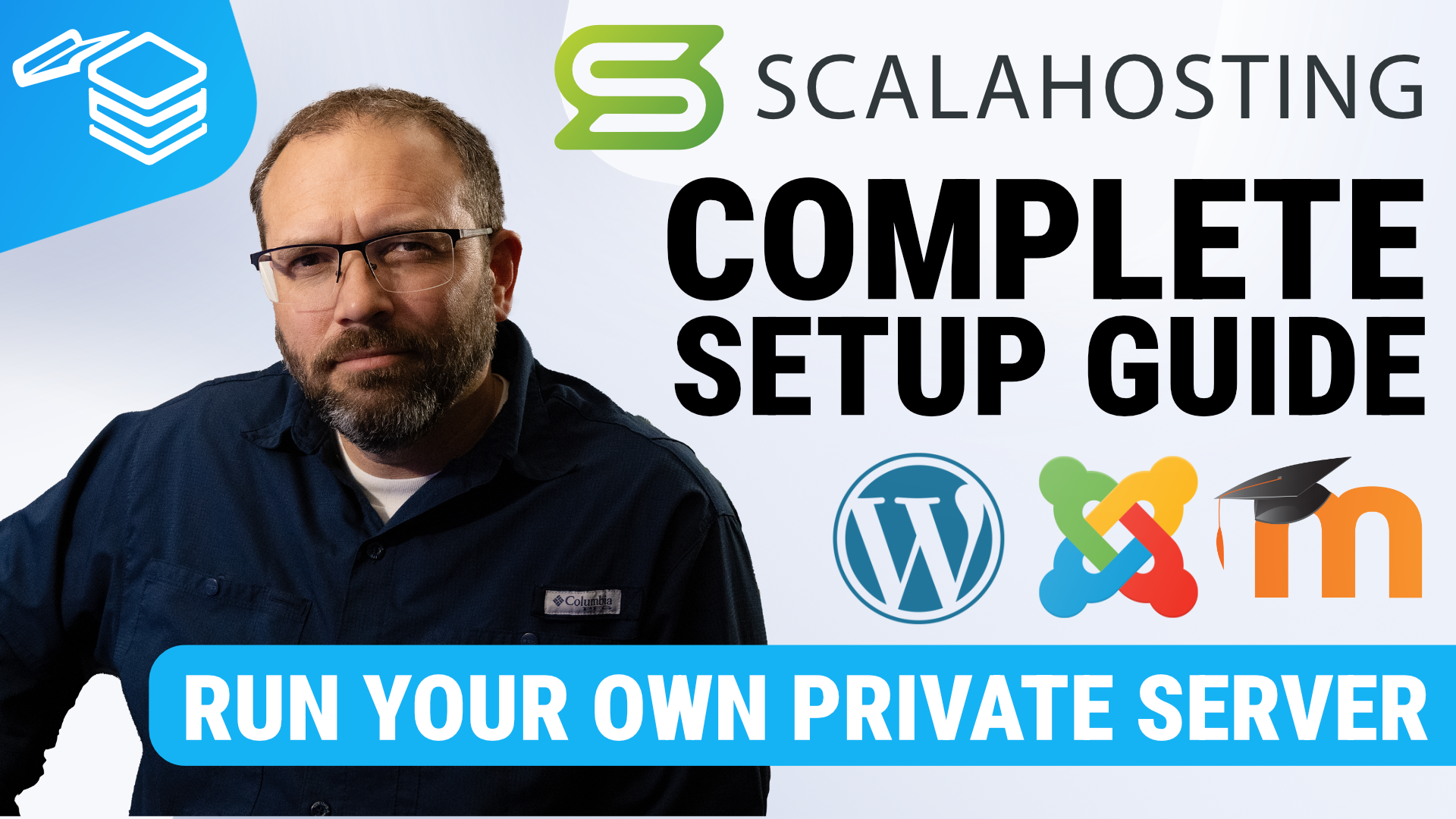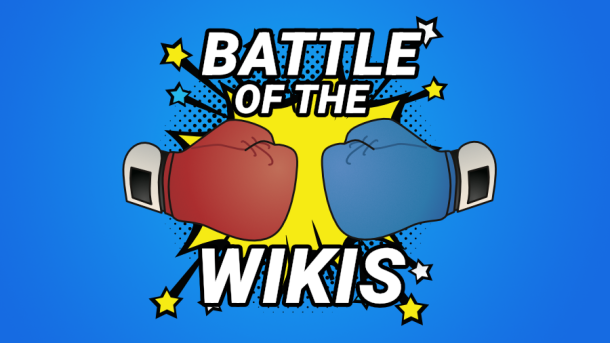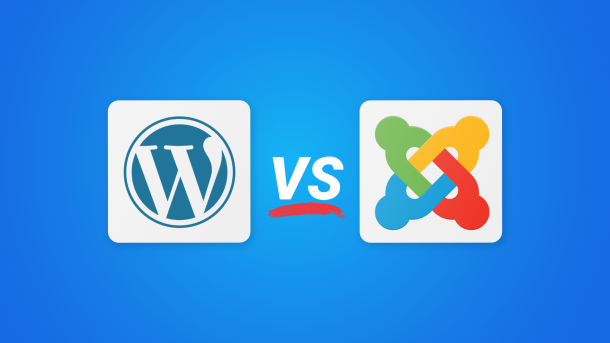As a professional VFX artist and later a Director of Training and Development, open source applications have been a critical part of my success—for over 15 years. Today, I want to share my journey with open source applications and I hope to inspire you to harness the power of open source to boost your own career journey.
I recently launched OpenAppGuide.com, a site offering free training and project blueprints for tech-savvy creatives, professionals, and DIYers who want to build a side income or skill stack using open source web applications. This is my way of giving back to the open source community that’s given me so much.
Visit OpenAppGuide.com/vote and vote for the project or app you’d love to see training for next.
How Open Source Helped My Career
1. Artist Portfolio
I promoted myself as a Matte Painter, Concept and Environment artist by building my own portfolio site using Joomla!. It showcased my demo reels, credits, and contact info—all without relying on third-party platforms. Today, personal branding is more important than ever, and open source makes that accessible.
2. Sell Training Online
A long time ago I made it my mission to get Matte Painting well established and standardized across all VFX studios. Universities weren’t teaching matte painting, so I created my own online training platform so I could train the next generation of Matte Painters. Using Joomla!and a content creation kit extension, I launched several courses, one I ran for 5+ years called the “Camera Projection Boot Camp.” Open source apps enable me to host my own training programs without trapping my content in a 3rd party platform.
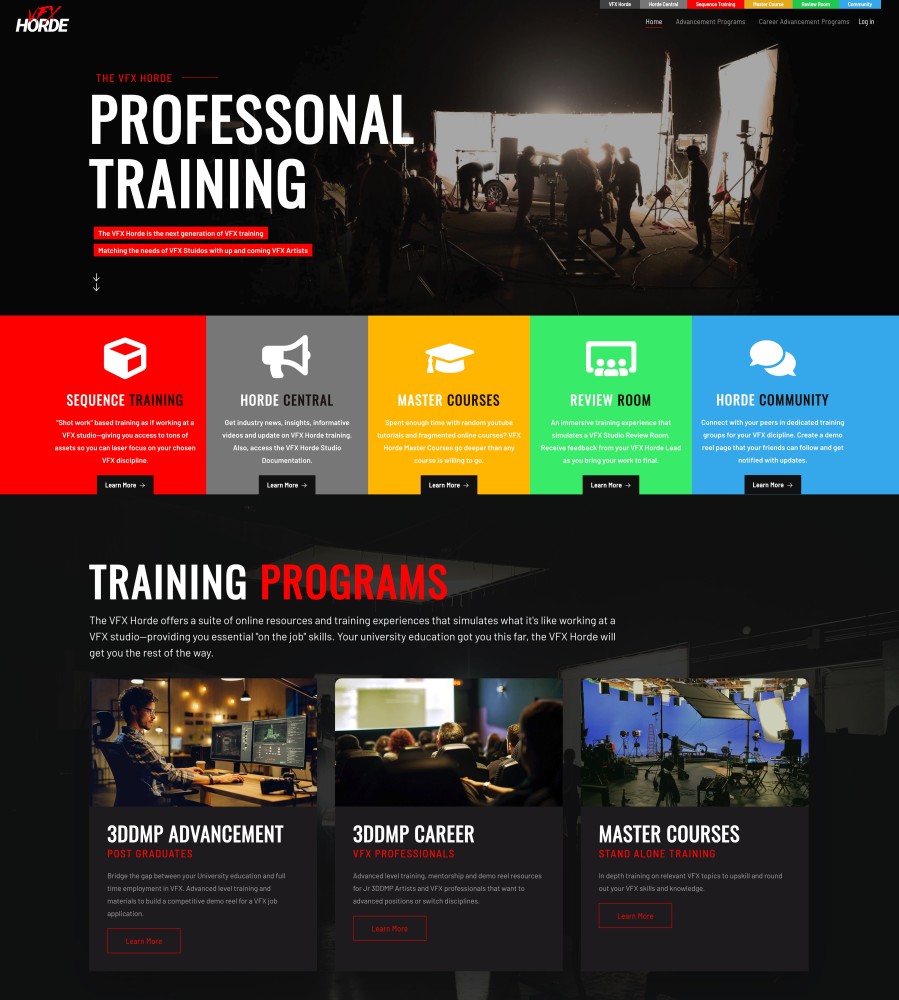
3. Vendor Work
As a training vendor for Framestore, I designed new pipeline training, utilized my own training programs and ran the Environments Launchpad Pro training program. I delivered remote training using my own self hosted, open source learning management system called Moodle. With my pre-recorded content, progress tracking, and accountability tasks, I created a high-quality, scalable training experience. Moodleprovided me the flexibility to manage my own training content and offer my services as a vendor.
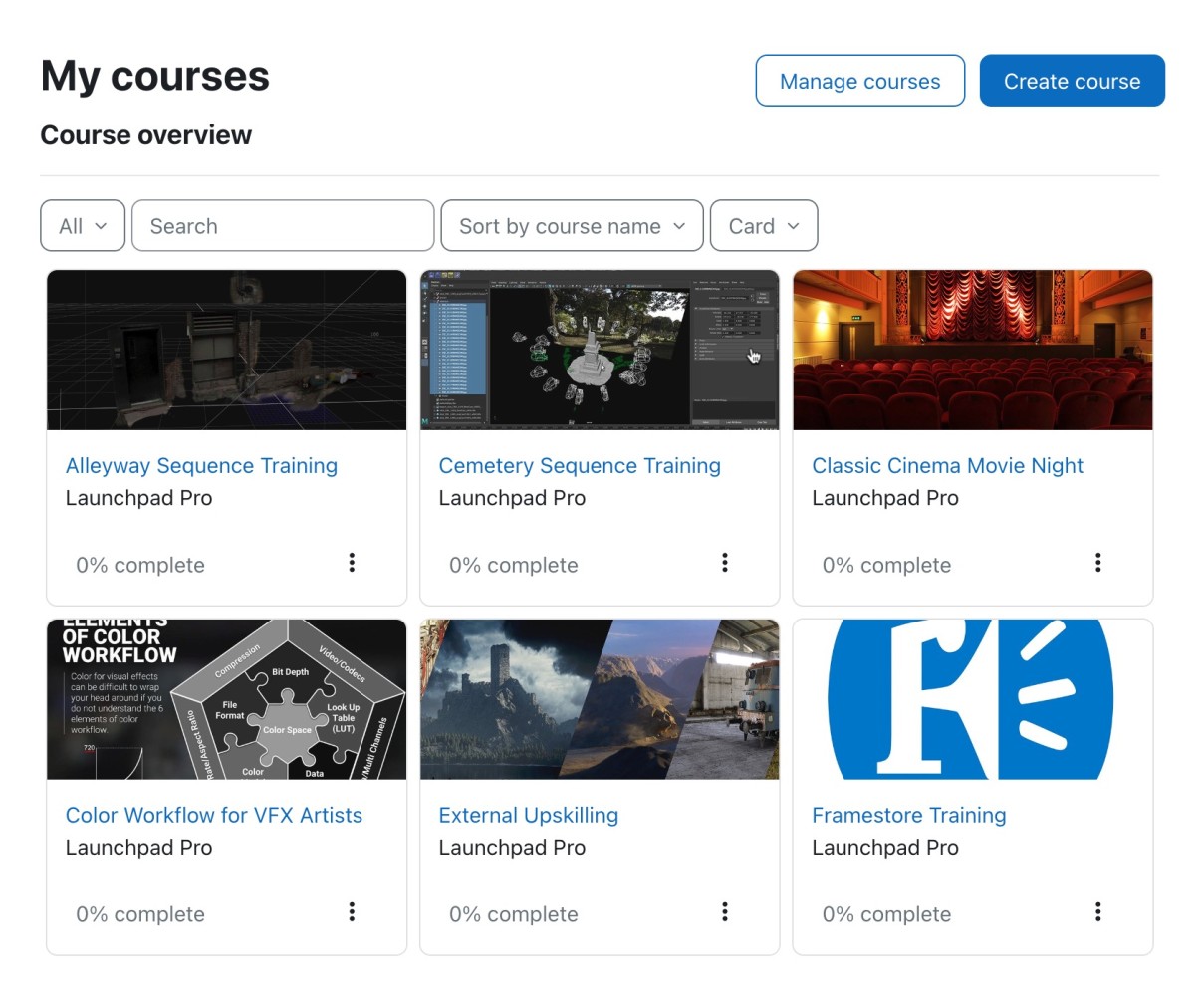
4. Enterprise Learning
At Technicolor, we needed a learning platform that could operate inside fully closed, high-security production networks. Most commercial LMS options posed a security risk because they required hosting client content externally. Moodle gave us a powerful, on-prem solution across all brands—MPC, The Mill, Mikros, and Technicolor Games—and supported both technical upskilling and corporate compliance training. Thanks to its LDAP and Microsoft OpenID Connect authentication plugins, it also delivered a smooth single sign-on experience across the board. Not only did open source meet the companies needs but saved hundreds of thousands of dollars.
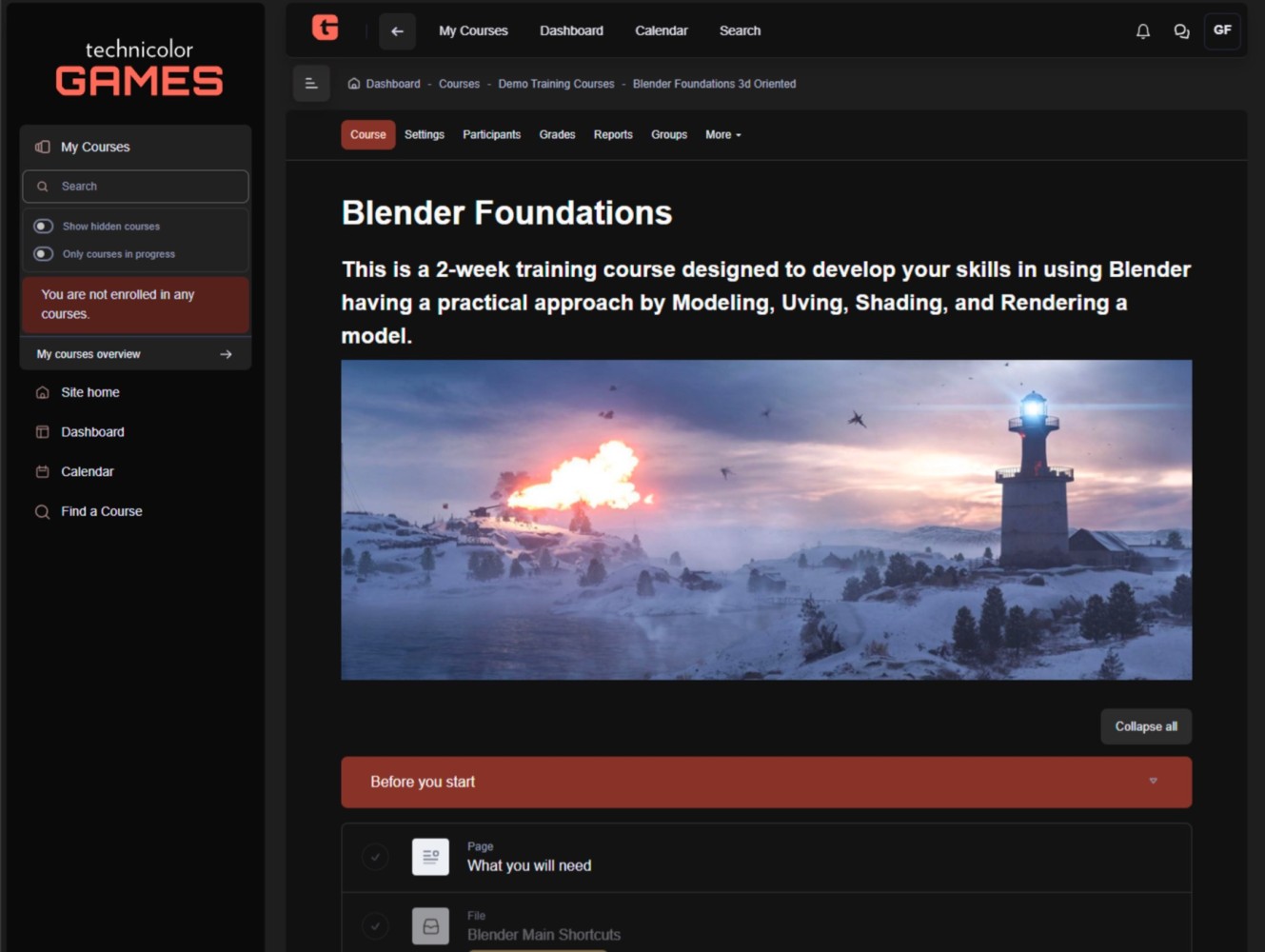
5. Self Hosted YouTube Alternative
To serve a global team at Technicolor, we needed an application that could handle streaming across all studio locations. We deployed PeerTube, a self-hosted, YouTube-style platform, on all internal networks. It scaled well and embedded easily into Moodle, and ensured training materials were always accessible—without relying on insecure public video platforms. Owning our platform gives us ultimate control over our content and how it is viewed.
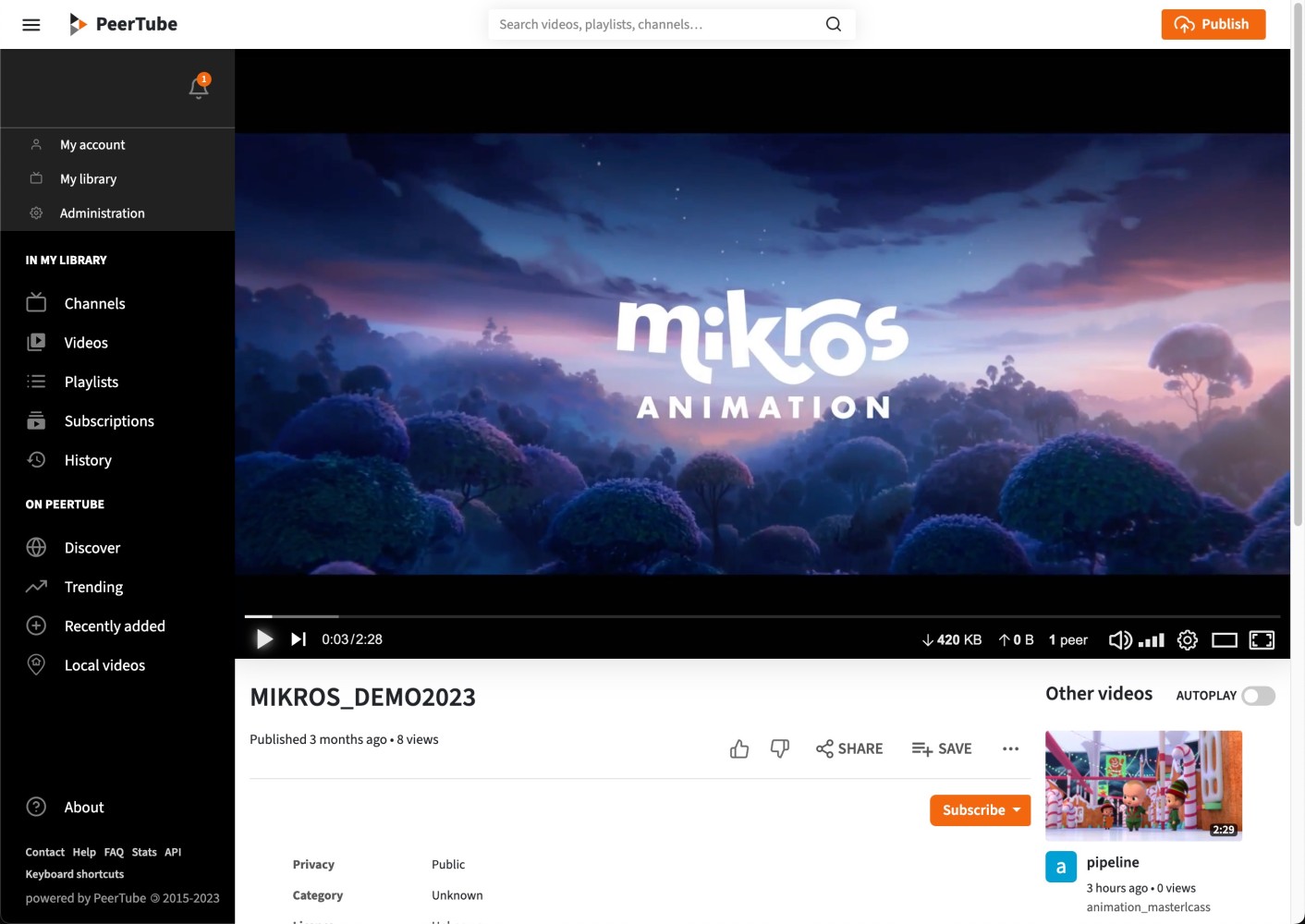
6. Studio Documentation Platform
At Mikros, we needed a clear, modern documentation platform. After evaluating options like Confluence, we chose BookStack—a sleek open source wiki. With its bookshelf-style structure and Google Docs–like editor, it made documentation easy to navigate and update for teams at every skill level. This decision to use an open source documentation platform saved the company nearly $30,000 USD a year.

7. Outreach, Training & Recruitment
I created a unified learning and outreach platform called Technicolor Pathways using Joomla! for marketing and Moodle for training. Single sign-on made the user experience seamless. Joomla! handled landing pages, sign-up forms, and SEO; Moodle managed all the learning programs. Together, they formed a powerful tool for training new talent around the world. Using open source applications for outreach and recruitment provided more functionality at a fraction of the cost of 3rd party platforms.
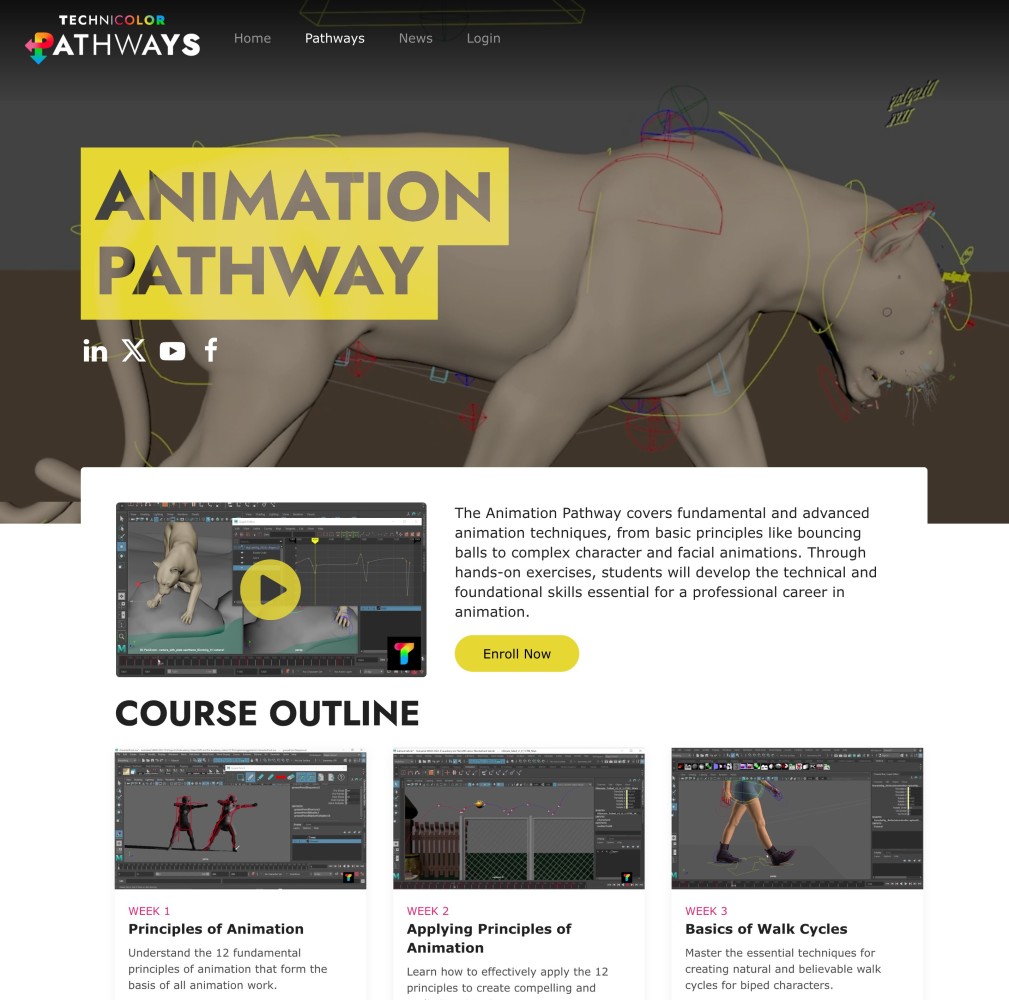
Let’s Build Your Open Source Career Stack
Open source isn’t just about saving money—it’s about building freedom, flexibility, and future-proof skills. Whether you want to run a personal brand, launch a training platform, stream your own content, or document internal processes—there’s an open source app for that.
What project excites you most? Vote now at OpenAppGuide.com/vote and help shape the next training project. Your vote helps decide what gets built next. This could be the first step in your next career breakthrough—just like it has been for me many times in my career.
